I am trying to implement a simple RNN to predict the next integer in an integer sequence. So, I have a data set that is as below:
Id Sequence
1 1,0,0,2,24,552,21280,103760,70299264,5792853248,587159944704
2 1,1,5,11,35,93,269,747,2115,5933,16717,47003,132291,372157,1047181,2946251,8289731,23323853,65624397,184640891,519507267,1461688413,4112616845,11571284395,32557042499,91602704493,257733967693
4 0,1,101,2,15,102,73,3,40,16,47,103,51,74,116,4,57,41,125,17,12,48,9,104,30,52,141,75,107,117,69,5,148,58,88,42,33,126,152,18,160,13,38,49,55,10,28,105,146,31,158
5 1,4,14,23,42,33,35,34,63,66,87,116,84,101,126,164,128,102,135,143,149,155,203,224,186,204,210,237,261,218,219,286,257,266,361,355,336,302,374,339,371,398,340,409,348,388,494,436,407,406
6 1,1,2,5,4,2,6,13,11,4,10,10,12,6,8,29,16,11,18,20,12,10,22,26,29,12,38,30,28,8,30,61,20,16,24,55,36,18,24,52,40,12,42,50,44,22,46,58,55,29,32,60,52,38,40,78,36,28,58,40,60,30,66,125,48,20,66,80,44,24
9 0,31,59,90,120,151,181,212,243,273,304,334,365,396,424,455,485,516,546,577,608,638,669,699,730,761,789,820,850,881,911,942,973,1003,1034,1064,1095,1126,1155,1186,1216,1247,1277,1308,1339,1369,1400,1430
10 1,1,2,5,13,36,111,347,1134,3832,13126,46281,165283,598401,2202404,8168642,30653724,116082962,442503542,1701654889,6580937039,25603715395,100223117080,394001755683,1556876401398,6178202068457,24608353860698,98421159688268,394901524823138,1589722790850089
12 0,0,0,0,112,40286,5485032,534844548,45066853496,3538771308282,267882021563464,19861835713621616,1453175611052688600,105278656040052332838,7564280930105061931496
My code so far is:
import numpy as np
import matplotlib.pyplot as plt
import pandas as pd
import math
from keras.models import Sequential
from keras.layers import Dense
from keras.layers import SimpleRNN
from sklearn.preprocessing import MinMaxScaler
from sklearn.metrics import mean_squared_error
from keras.preprocessing.sequence import pad_sequences
def stoarray(data = [], sep = ','):
return data.map(lambda x: np.array(x.split(sep), dtype=float))
def create_dataset(dataset, window_size=1):
dataX, dataY = [], []
for i in range(len(dataset)-window_size-1):
a = dataset[i:(i+window_size), 0]
dataX.append(a)
dataY.append(dataset[i + window_size, 0]) #gives the ValueError : Can only tuple index with multi index
return np.array(dataX), np.array(dataY)
# fix random seed for reproducibility
np.random.seed(7)
# loading data
colna = ['id', 'seq']
train_data = pd.read_csv('G:/Python/integer_sequencing/testfile.csv', header=1)
train_data.columns = colna
dataset = train_data['seq']
#print(dataset)
window_size = 1
X_train, Y_train = create_dataset(dataset, window_size)
print(X_train.head(5))
print(Y_train.head(5))
I am trying to split each sequence with X_train as input that consists the complete set except the last term and Y_train be treated as an output will consist only the last digit. But when I run the code, I get the ValueError : Can only tuple-index with a MultiIndex. Can anybody explain what it means with respect to my code and what must I do to resolve it.
PS - I am new to stack overflow and deep learning, so I would be very grateful if you could suggest and help me with formatting of my question.
